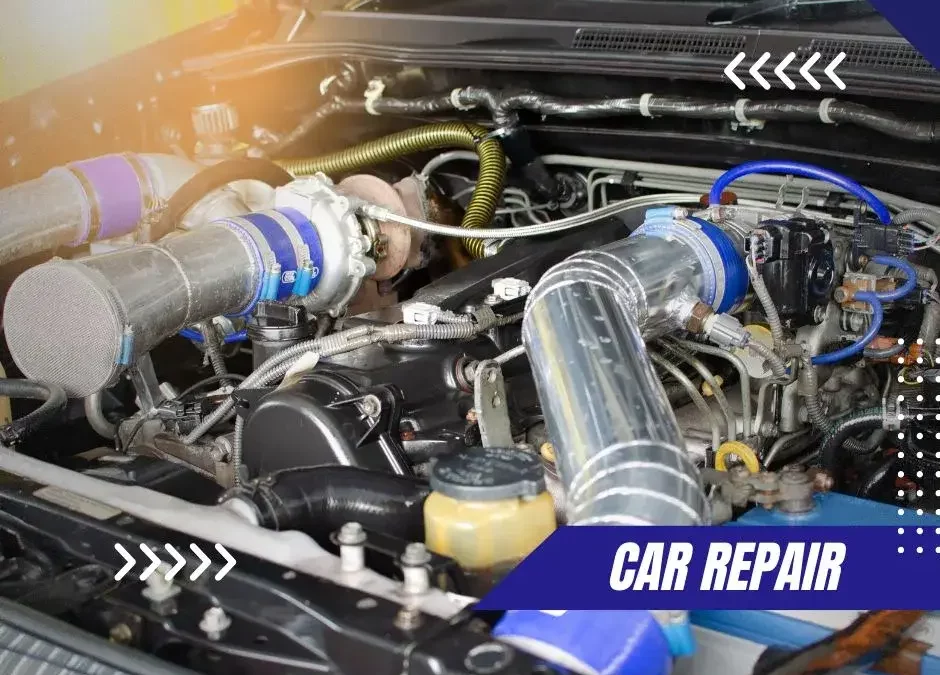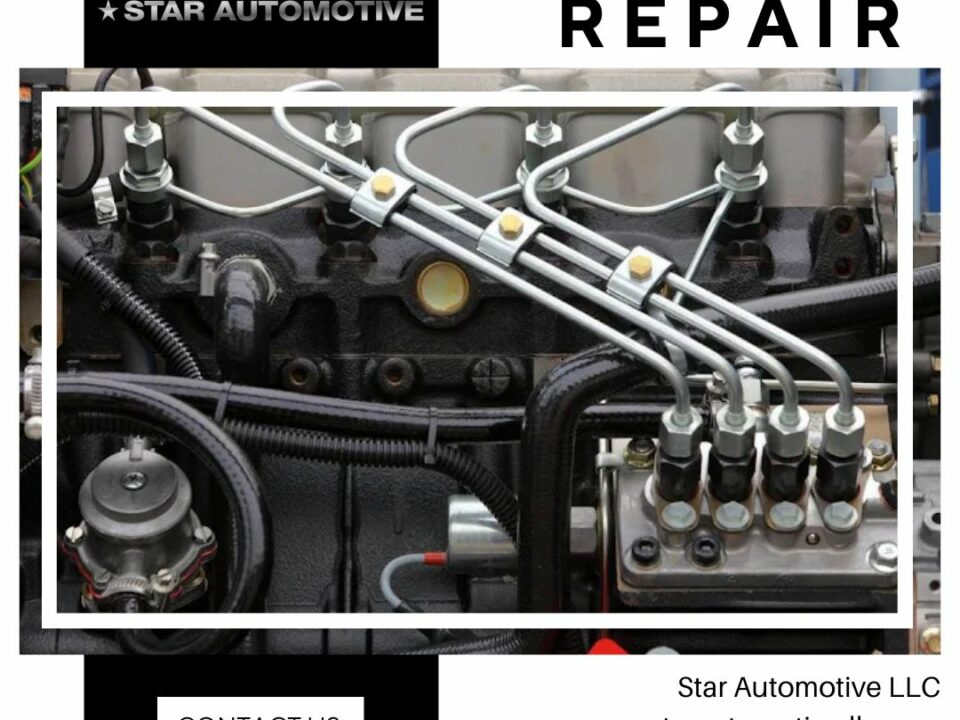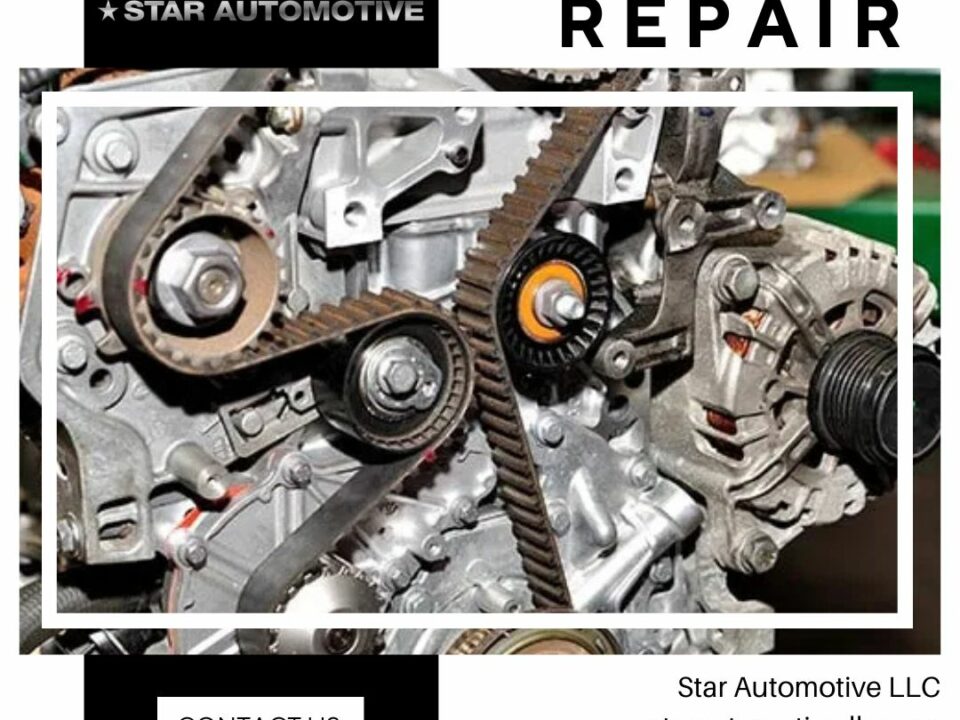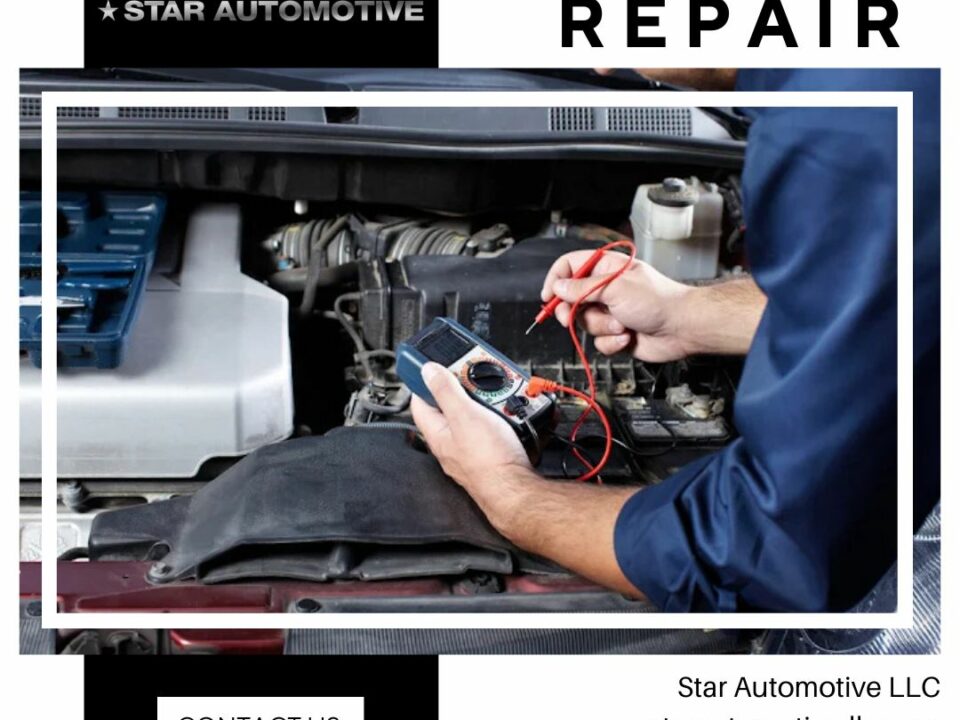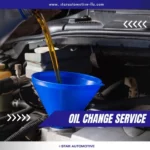
Oil Change Equipment: Must-Have Tools for Your Garage
January 16, 2025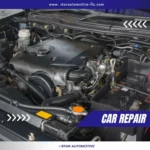
How to Identify and Fix Common Engine Issues in Car Repair
February 6, 2025Did you know that over 60% of engine failures are due to overlooked maintenance? For car repair enthusiasts, understanding the essential engine parts is crucial for diagnosing issues and performing maintenance effectively. This is especially true for those working on Asian vehicles, which often feature unique engineering and precision components. Whether you’re a seasoned mechanic or an aspiring DIYer, knowing the critical parts of an engine can help you enhance performance, extend the lifespan of the vehicle, and troubleshoot problems efficiently.
Key Car Repair Engine Components Explained
1. The Role of the Cylinder Block in Car Repair
Often referred to as the engine block, this component forms the foundation of an internal combustion engine. It houses the cylinders, pistons, and crankshaft, and is typically made from aluminum or cast iron for durability. In many Asian vehicles, manufacturers use lightweight aluminum blocks to improve fuel efficiency and reduce weight.
2. How Pistons Impact Car Repair and Performance
Pistons are responsible for converting the force from combusted fuel into mechanical energy. They move up and down within the cylinders, driven by the explosion of fuel and air mixtures. Many Japanese and Korean manufacturers design pistons with special coatings to reduce friction and improve longevity.
3. Crankshaft
The crankshaft converts the linear motion of the pistons into rotational motion, ultimately driving the vehicle’s wheels. Asian car manufacturers often focus on precision balancing and lightweight materials to improve efficiency and reduce vibration. For example, Honda’s Earth Dreams engine series incorporates finely balanced crankshafts and aluminum alloy components to enhance fuel efficiency and reduce mechanical strain.
4. Camshaft Operation and Its Role in Car Repair
The camshaft controls the opening and closing of the intake and exhaust valves, ensuring the right amount of air and fuel enter the combustion chamber. Some advanced Asian engines use dual overhead camshafts (DOHC) to enhance performance and fuel efficiency.
5. Timing Belt/Chain
The timing belt or chain synchronizes the movement of the crankshaft and camshaft, ensuring proper engine timing. Many Asian vehicles, especially those from Honda and Toyota, use timing chains, which generally last longer and require less maintenance than belts.
6. Fuel Injectors
Fuel injectors spray fuel into the combustion chamber in precise amounts. Many modern Asian vehicles utilize direct fuel injection systems for improved power and efficiency.
7. Engine Control Unit (ECU)
The ECU is the brain of the engine, managing fuel injection, ignition timing, and emissions control. Asian manufacturers are known for their highly efficient ECUs, which optimize engine performance and fuel economy. Compared to many non-Asian vehicle ECUs, which often prioritize power output, Asian ECUs tend to focus on a balance between fuel efficiency and emissions control, making them highly effective for daily commuting and long-term reliability.
Understanding these essential engine parts allows car repair enthusiasts to work more effectively on Asian vehicles, ensuring optimal performance and longevity. What engine component do you find most challenging to work with? Share your experiences and tips in the comments! Whether performing routine maintenance or troubleshooting an issue, a solid grasp of these components will give you an edge in vehicle repair. Ready to take your skills to the next level? Start by inspecting your own engine and identifying these crucial parts today!

